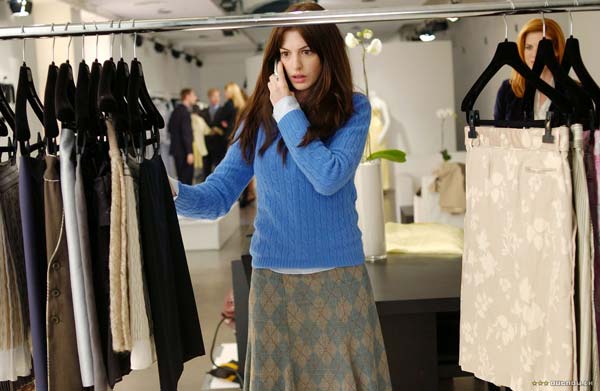There’s a big gap between individuals who work within the fashion industry as opposed to those who are viewing the industry from the outside. Whether it be consumers, fans, bystanders, or even individuals from other industries who criticise fashion as being lacklustre and a hoax, it’s understandable that the industry may not appeal to all, but how can one possibly deny the development and influence of the industry in society?
Fashion, as with music, poetry, cinema or the art, is a form of creative expression. Designers are the beginning of what becomes a beautifully and exquisitely designed dress floating down the runway, or even that shirt you’re wearing right now. They’re the markers, the artisans that use not canvases, but fabrics, materials, mannequins, and models to showcase the art form that is fashion.
Fashion, in a cultural and historical perspective, is a creation drawn from art and influenced by art – with designers working round the clock to develop concepts that help to empower their consumers − with majority being women − in a way that develops social culture on a bigger level than just being superficial.

Fashion, despite its odd misconceptions, is something that individuals of all ages, statuses, and interests are involved with – whether intentionally or not. An industry created, run, and continuously growing from consumerism, fashion encourages self-expression in the way that one dresses and perceives themselves in the eyes of society.
Now in the iconic words of Miranda Priestly, dragon lady, queen of the fashion empire from The Devil wears Prada, should you still think the industry is just materialism and capitalism at its finest as a pile of “stuff” we wear:
“This stuff? Oh. Okay. I see. You think this has nothing to do with you. You go to your closet and you select…………. I don’t know… that lumpy blue sweater, for instance because you’re trying to tell the world that you take yourself too seriously to care about what you put on your back. But what you don’t know is that that sweater is not just blue, it’s not turquoise. It’s not lapis. It’s actually cerulean. And you’re also blithely unaware of the fact that in 2002, Oscar de la Renta did a collection of cerulean gowns. And then I think it was Yves Saint Laurent… wasn’t it who showed cerulean military jackets? I think we need a jacket here. And then cerulean quickly showed up in the collections of eight different designers. And then it, uh, filtered down through the department stores and then trickled on down into some tragic Casual Corner where you, no doubt, fished it out of some clearance bin. However, that blue represents millions of dollars and countless jobs and it’s sort of comical how you think that you’ve made a choice that exempts you from the fashion industry when, in fact, you’re wearing the sweater that was selected for you by the people in this room from a pile of stuff.”

![5 Reasons You Should Travel Alone Airplane [image source: chau nguyen/ http://thedevilhatessweatpants.blogspot.com.au ], crowd ink, crowdink, crowdink.com, crowdink.com.au](https://crowdink.com/wp-content/uploads/2016/08/Chau-airplane-218x150.jpg)




























![5 Reasons You Should Travel Alone Airplane [image source: chau nguyen/ http://thedevilhatessweatpants.blogspot.com.au ], crowd ink, crowdink, crowdink.com, crowdink.com.au](https://crowdink.com/wp-content/uploads/2016/08/Chau-airplane-100x70.jpg)


